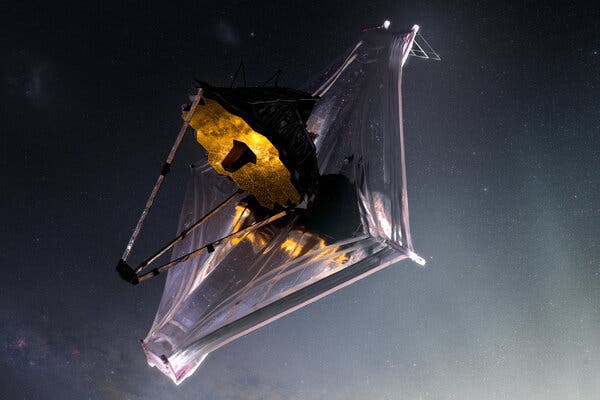
Breaking News
 IT'S OVER: Banks Tap Fed for $17 BILLION as Silver Shorts Implode
IT'S OVER: Banks Tap Fed for $17 BILLION as Silver Shorts Implode
SEMI-NEWS/SEMI-SATIRE: December 28, 2025 Edition
 China Will Close the Semiconductor Gap After EUV Lithography Breakthrough
China Will Close the Semiconductor Gap After EUV Lithography Breakthrough
 The Five Big Lies of Vaccinology
The Five Big Lies of Vaccinology
Top Tech News
 EngineAI T800: Born to Disrupt! #EngineAI #robotics #newtechnology #newproduct
EngineAI T800: Born to Disrupt! #EngineAI #robotics #newtechnology #newproduct
 This Silicon Anode Breakthrough Could Mark A Turning Point For EV Batteries [Update]
This Silicon Anode Breakthrough Could Mark A Turning Point For EV Batteries [Update]
 Travel gadget promises to dry and iron your clothes – totally hands-free
Travel gadget promises to dry and iron your clothes – totally hands-free
 Perfect Aircrete, Kitchen Ingredients.
Perfect Aircrete, Kitchen Ingredients.
 Futuristic pixel-raising display lets you feel what's onscreen
Futuristic pixel-raising display lets you feel what's onscreen
 Cutting-Edge Facility Generates Pure Water and Hydrogen Fuel from Seawater for Mere Pennies
Cutting-Edge Facility Generates Pure Water and Hydrogen Fuel from Seawater for Mere Pennies
 This tiny dev board is packed with features for ambitious makers
This tiny dev board is packed with features for ambitious makers
 Scientists Discover Gel to Regrow Tooth Enamel
Scientists Discover Gel to Regrow Tooth Enamel
 Vitamin C and Dandelion Root Killing Cancer Cells -- as Former CDC Director Calls for COVID-19...
Vitamin C and Dandelion Root Killing Cancer Cells -- as Former CDC Director Calls for COVID-19...
 Galactic Brain: US firm plans space-based data centers, power grid to challenge China
Galactic Brain: US firm plans space-based data centers, power grid to challenge China
James Webb Space Telescope completes deployment as mirror opens

NASA's US$10 billion James Webb Space Telescope has completed its final deployment without a mishap. Starting today at 8:53 am EST, the starboard wing of the 21-ft (640 cm) gold-plated primary mirror began to swing, locking into position at 1:17 pm.
Today's unfolding of the last part of the giant space telescope marks the end of a nail-biting series of events for the Webb since its long-delayed launch on December 25, 2021. Because the telescope and its supporting spacecraft are so large, the whole thing had to be folded up like an elaborate and very expensive piece of origami to allow it to fit into the nose cone of the Ariane 5 rocket that hurled it into space.
While this arrangement did allow the Webb to be launched, it presented NASA and its partners at ESA and the Canadian Space Agency with a problem. Normally, once a spacecraft is in orbit, that's pretty much job done except for unfolding some solar arrays and an antenna, but with the Webb, things were much more complicated with many more chances of something going wrong.
The first deployment after launch was the simplest and even routine as the solar array to power the spacecraft unfolded, followed by the antenna array to maintain radio contact with Earth. Then the forward and aft pallets supporting the sun shield that protects the telescope against the light and heat of the Sun, Earth, and Moon unfolded. After this, the telescope extended slightly from the spacecraft bus on a boom to further insulate it and a flap opened that acts like a sail to use the solar winds to stabilize the telescope's attitude.
Then came the trickiest part. The port and starboard booms used to unfurl the sun shield were extended and then the shield itself was deployed. The shield consists of five extremely thin layers of a coated polymer called Kapton, each covering an area the size of a tennis court. With a small space between each layer to allow trapped heat to radiate away, each layer is successively cooler, allowing one side of the shield to keep a temperature of -370 °F (-223 °C) on the telescope side and 230 °F (110 °C) on the sunward side.



